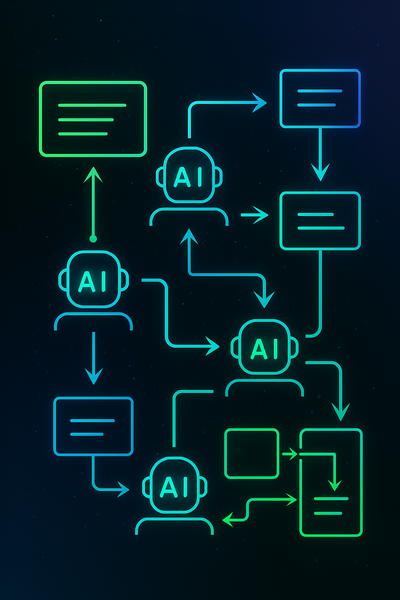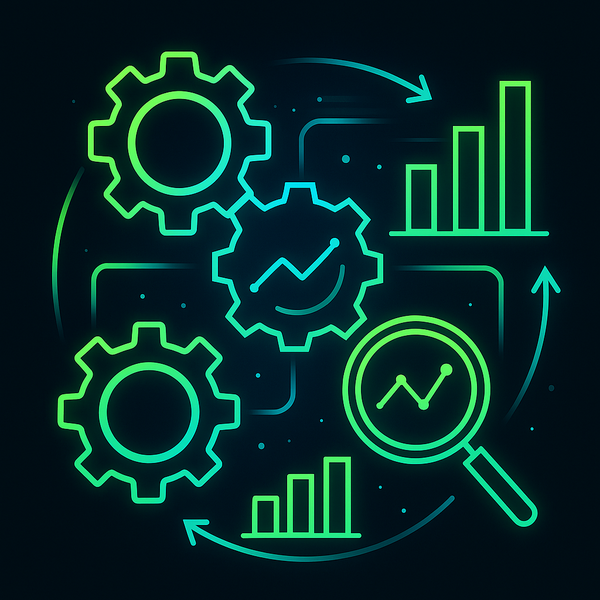What Is an AI Agent? A Beginner-Friendly Breakdown

Artificial intelligence is everywhere, yet the term “AI agent” can still feel abstract if you’re just starting your journey. Perhaps you’ve chatted with a virtual assistant or relied on an app to recommend products, but what exactly goes on under the hood? Understanding AI agents is the first step toward using them confidently to automate tasks and improve your business.
In simple terms, an AI agent is a system that perceives its environment, makes decisions and takes actions to achieve specific goals. Much like a human employee, it observes inputs (through data feeds or user interactions), reasons about what those inputs mean and then produces an output – whether that’s answering a customer question, scheduling a meeting or triggering a workflow. Agents can be purely software based or they can interface with physical devices in robotics and IoT.
You’re already interacting with AI agents every day. Chatbots on websites handle common support queries using natural language processing. Email filters classify spam by analysing message patterns. Recommendation engines suggest new products by predicting your preferences. What these examples share is a loop of perception, reasoning and action. As you build automations for your organisation, understanding this loop helps you design systems that feel intuitive and deliver the outcomes you expect.
If you’re curious about which types of agents could benefit your company and how to implement them safely and effectively, we’d love to guide you. Book a free strategy call to explore AI agents tailored to your goals.
Automation Steps & Logic
Below is a high-level overview of the steps involved in automating this process:
- Identify the Process: Map out the exact workflow that needs automation, including inputs, outputs and decision points.
- Select the Right Tools & Platforms: Choose AI agents, RPA bots or integration tools based on complexity and scalability needs.
- Design & Prototype: Build a proof of concept or prototype to validate the logic and gather stakeholder feedback.
- Implement & Integrate: Deploy the solution and integrate with existing systems, ensuring data flows seamlessly between components.
- Monitor & Optimise: Continuously track performance, gather insights and iterate on the automation to improve efficiency.
Recommended Bots & Agents
Here are examples of intelligent agents that can assist with this use case:
- Conversational AI Bots: Handle customer queries, onboarding or support through chat or voice interfaces.
- RPA Bots: Automate rule-based, repetitive tasks such as data entry, invoicing and report generation.
- Data Extraction Bots: Collect and cleanse information from documents, emails or web pages for downstream processing.
- Scheduling & Coordination Agents: Automate meeting bookings, reminders and coordination across teams.
- Integration Agents: Seamlessly connect your CRM, ERP, marketing and communication tools through APIs.
